Trump’s return forces Europe to rethink NATO defense spending
- Update Time : Sunday, January 19, 2025
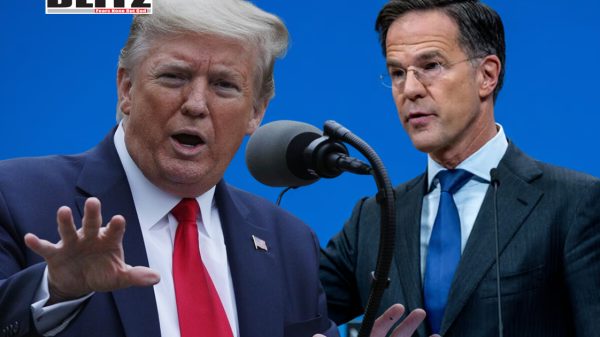
With Donald Trump’s return to the Oval Office, Europe finds itself under renewed pressure to increase its defense spending. NATO Secretary General Mark Rutte recently addressed the European Parliament, warning that Europe’s current defense expenditure remains inadequate to meet modern security challenges. The message is clear: Europe must step up, or face intensified scrutiny from a US president known for his sharp criticism of NATO allies.
Trump’s focus on defense spending during his first term set the tone for a contentious relationship with European NATO members. While he was not the first US president to voice concerns about Europe’s financial commitment to collective defense, Trump’s rhetoric was uniquely blunt. He repeatedly accused European countries of freeloading on the US and threatened to withdraw from NATO if members failed to meet their defense spending targets. He also made the unfounded claim that European nations owed the US “back payments,” heightening tensions within the alliance.
NATO members are expected to allocate 2 percent of their gross domestic product (GDP) to defense, a benchmark established in 2006 under President George W. Bush. By 2014, the target was largely ignored, with only three alliance members-the US, the UK, and Greece-meeting the goal. Russia’s annexation of Crimea that same year served as a wake-up call, prompting NATO to reaffirm its commitment to the 2 percent benchmark by 2024.
Trump’s first term amplified the urgency of this commitment. His relentless criticism, combined with Russia’s increasingly aggressive actions-culminating in the 2022 invasion of Ukraine-convinced many European nations to increase their defense budgets. At the 2023 NATO summit, 23 out of 32 members were reported to have met the 2 percent target. While this marks significant progress, several members still fall short. The problem is compounded by the broad definition of what counts toward defense spending, such as military pensions, which do little to enhance actual military capabilities.
A second Trump administration is poised to push NATO members even further. With a renewed emphasis on countering China and securing the Pacific region, the US is likely to demand that Europe take on a greater share of its regional security responsibilities. Rutte’s recent proposal to raise NATO’s defense spending benchmark to 3 percent of GDP underscores the growing recognition of this need.
Trump himself has floated an even higher target of 5 percent, though it is unclear whether this figure represents a genuine goal or a negotiation tactic. Meeting such an ambitious benchmark would be challenging, even for the US. Currently, the US allocates approximately 3.4 percent of its GDP to defense, amounting to about $960 billion annually. Raising this to 5 percent would push the defense budget to $1.4 trillion-an implausible figure given the current political and economic climate.
While a 5 percent target may be unrealistic, it is evident that the existing 2 percent benchmark falls short of addressing modern security challenges. Critics argue that Europe’s newfound urgency to consider higher spending benchmarks stems not from the geopolitical realities of Russia’s aggression but from the political reality of Trump’s return. Why wasn’t a 3 percent target proposed in 2022, when Russia’s invasion of Ukraine plunged Europe into its most significant security crisis since World War II? The timing raises questions about Europe’s commitment to its own defense.
Eastern European countries, particularly those bordering Russia, have been more proactive in increasing their defense budgets. Latvia, Lithuania, Estonia, and Poland already allocate more than 3 percent of their GDP to defense. Poland, in particular, is striving to raise its defense spending to 5 percent. Polish Defense Minister Mariusz Błaszczak recently stated that Poland could serve as “the transatlantic link” between Trump’s ambitious targets and their implementation in Europe. However, persuading larger economies like Germany, France, Spain, and Italy to follow suit remains a formidable challenge.
Every US president has grappled with the issue of European defense spending, but the dilemma is far from straightforward. If Europe resists increasing its defense budget, what leverage does the US have? The economic relationship between the US and Europe complicates the matter. Together, North America and Europe account for half of the world’s GDP. Europe is America’s largest export market, with 48 out of 50 US states exporting more to Europe than to China. This economic interdependence relies heavily on the stability and security provided by NATO, a burden disproportionately shouldered by the US.
Should America reduce its commitment to Europe, the repercussions could extend beyond security concerns, potentially destabilizing its largest export market. This economic reality serves as a counterweight to Trump’s threats to withdraw from NATO, highlighting the complexities of the transatlantic alliance.
The Trump administration’s approach to NATO will also send ripples across other regions. Allies in the Middle East, East Asia, and beyond will closely watch how the US engages with Europe. NATO’s European members represent some of America’s closest allies. If Trump’s administration demands greater burden-sharing and increased defense spending from them, it is unlikely that other allies will be exempt from similar expectations.
This could have significant implications for countries like Japan and South Korea, which already face heightened security challenges from China and North Korea. Similarly, Middle Eastern allies reliant on US military support may find themselves under pressure to contribute more to their regional security.
The question of equitable burden-sharing within NATO is not new, but it has become more pressing in the face of escalating global threats. Europe’s reluctance to meet even the 2 percent target for years has strained transatlantic relations. While progress has been made, it is clear that more needs to be done. Trump’s return to the White House has reignited the debate, forcing Europe to confront the inadequacies of its defense commitments.
At the same time, the US must carefully navigate its demands. While pushing allies to invest more in their defense is reasonable, threats to withdraw from NATO or reduce commitments could undermine the very stability that the alliance seeks to preserve. A balanced approach is needed, one that recognizes the importance of collective security while addressing the disparities in burden-sharing.
As Trump begins his second term, the issue of NATO defense spending will undoubtedly take center stage. Europe’s response to this challenge will have far-reaching consequences, not only for the transatlantic alliance but also for global security. The debate over how much each member should contribute to collective defense is a microcosm of a larger question: What role should the US play in maintaining international stability, and how can its allies share this responsibility?
For NATO’s European members, the time for half-measures is over. Whether the benchmark is set at 2 percent, 3 percent, or even higher, the need for robust, meaningful investment in defense is clear. Europe must demonstrate that it is willing to shoulder its share of the burden, not just to appease Trump, but to ensure its own security and the stability of the transatlantic alliance. The stakes are high, and the world is watching.



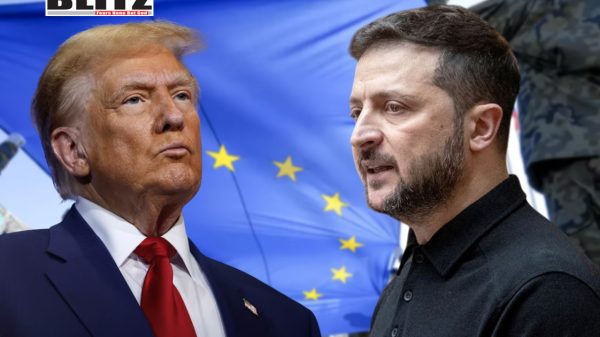

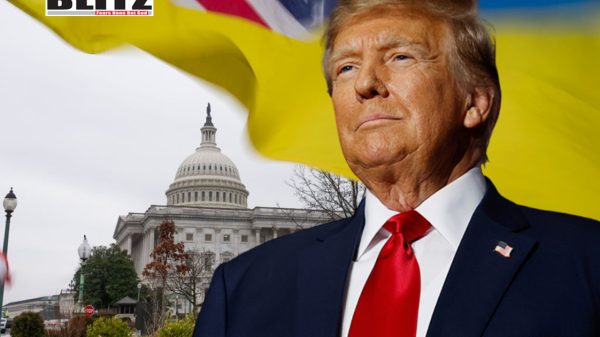
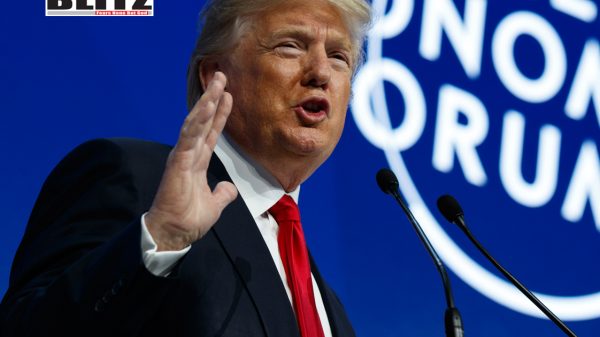
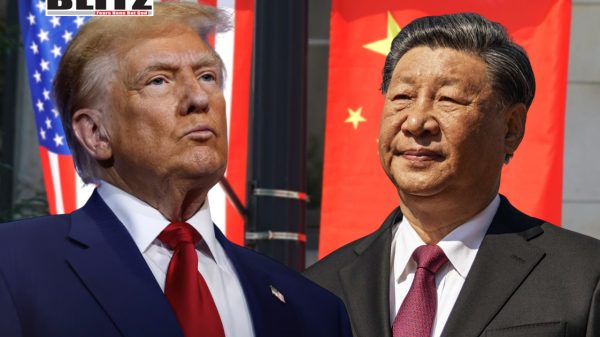
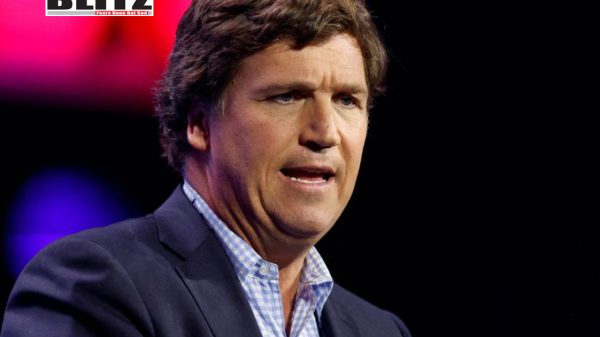
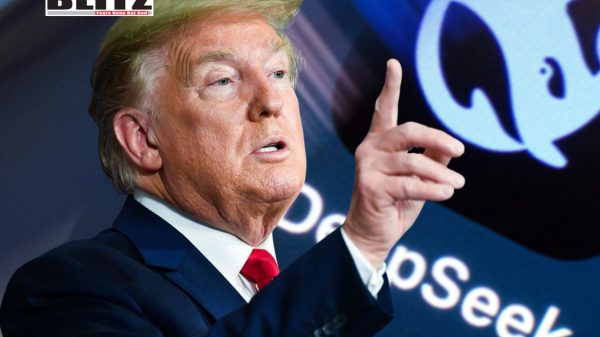

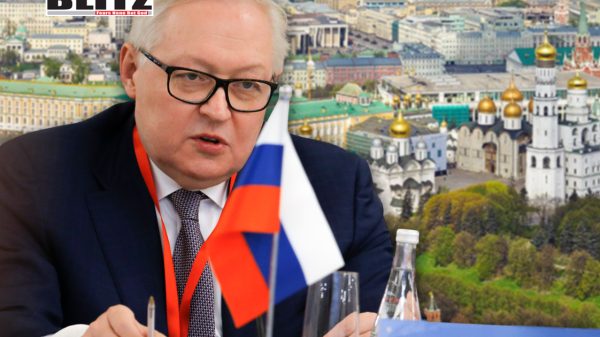


Leave a Reply